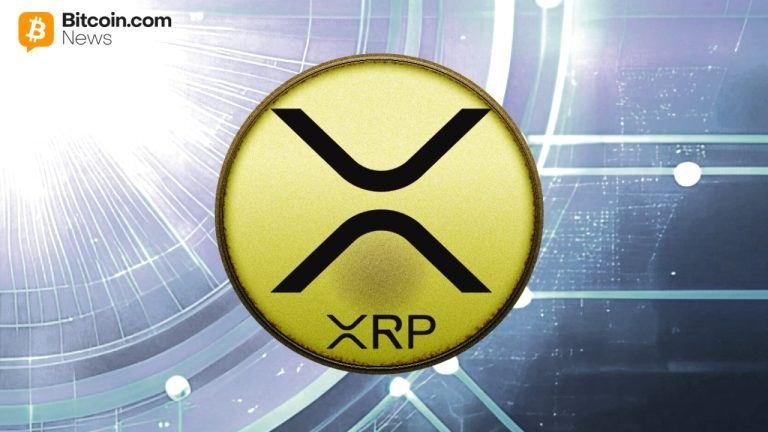
XRP is accelerating into mainstream finance as institutional demand climbs, regulatory clarity fuels adoption, CME expands crypto derivatives, and major corporations integrate XRP into operations, reinforcing its position as a leading institutional-grade asset.
XRP Trading Expands on CME as Regulatory Clarity Boosts Institutional Demand
Institutional enthusiasm for and other digital asset derivatives continues to accelerate as traditional finance expands its presence in regulated crypto markets. On Oct. 27, CME Group (Nasdaq: CME) reported increased trading activity in and ( ) futures, highlighting steady growth in cryptocurrency-linked derivatives. The trend reflects rising institutional confidence in regulated exchanges as a way to access digital assets while managing portfolio risk.
CME Group stated on social media platform X:
New record volumes set on October 27 … 9.9K and Micro futures contracts traded.
The company added: “15.6K and Micro futures contracts traded.” Together, these figures represent approximately $3 billion in notional value. The development underscores CME’s expanding suite of crypto derivatives, which also includes and ethereum products, enabling institutions to hedge or gain synthetic exposure under a U.S.-regulated structure.
is experiencing a strong bullish phase fueled by regulatory clarity, institutional adoption, and expanding real-world use cases. Ripple Labs’ decisive win against the U.S. Securities and Exchange Commission (SEC) has removed years of legal uncertainty, encouraging traditional financial institutions and corporations to integrate into their operations. Companies such as Vivopower International, Wellgistics Health, and Nature’s Miracle Holding have begun adding as a treasury asset, highlighting growing corporate confidence.
Meanwhile, record futures trading volumes and speculation surrounding the approval of U.S.-listed ETFs have intensified market optimism. Enhanced liquidity and Ripple’s expanding global payment partnerships strengthen ’s utility and long-term investment appeal.
Improving on-chain metrics and rising institutional inflows have led analysts to view as entering a breakout phase that could shift its position in the digital asset sector. They consider CME’s U.S. Commodity Futures Trading Commission (CFTC)-approved and options essential for the next phase of market expansion, providing capital-efficient exposure within a regulated environment. Supporters say the development reinforces CME Group’s role in connecting traditional finance and digital assets and enhances ’s status as an institutional-grade cryptocurrency.
FAQ ⏰
- Why are institutional investors showing strong interest in XRP futures? Institutions view CME’s regulated crypto futures as a secure and efficient way to gain exposure to while managing portfolio risk under U.S. oversight.
- How much trading volume did CME Group report for XRP and solana futures? CME recorded a combined notional trading volume of roughly $3 billion in and futures on Oct. 27.
- What makes CME’s crypto derivatives significant for digital asset markets? CME’s CFTC-regulated structure gives institutional investors confidence to participate in crypto markets, providing transparency, liquidity, and risk management tools.
- How does this affect XRP’s position in institutional markets? The surge in CME’s futures solidifies ’s role as a leading institutional-grade cryptocurrency, bridging traditional finance and blockchain adoption.
Author: Kevin Helms
Source: Bitcoin
Reviewed By: Editorial Team



